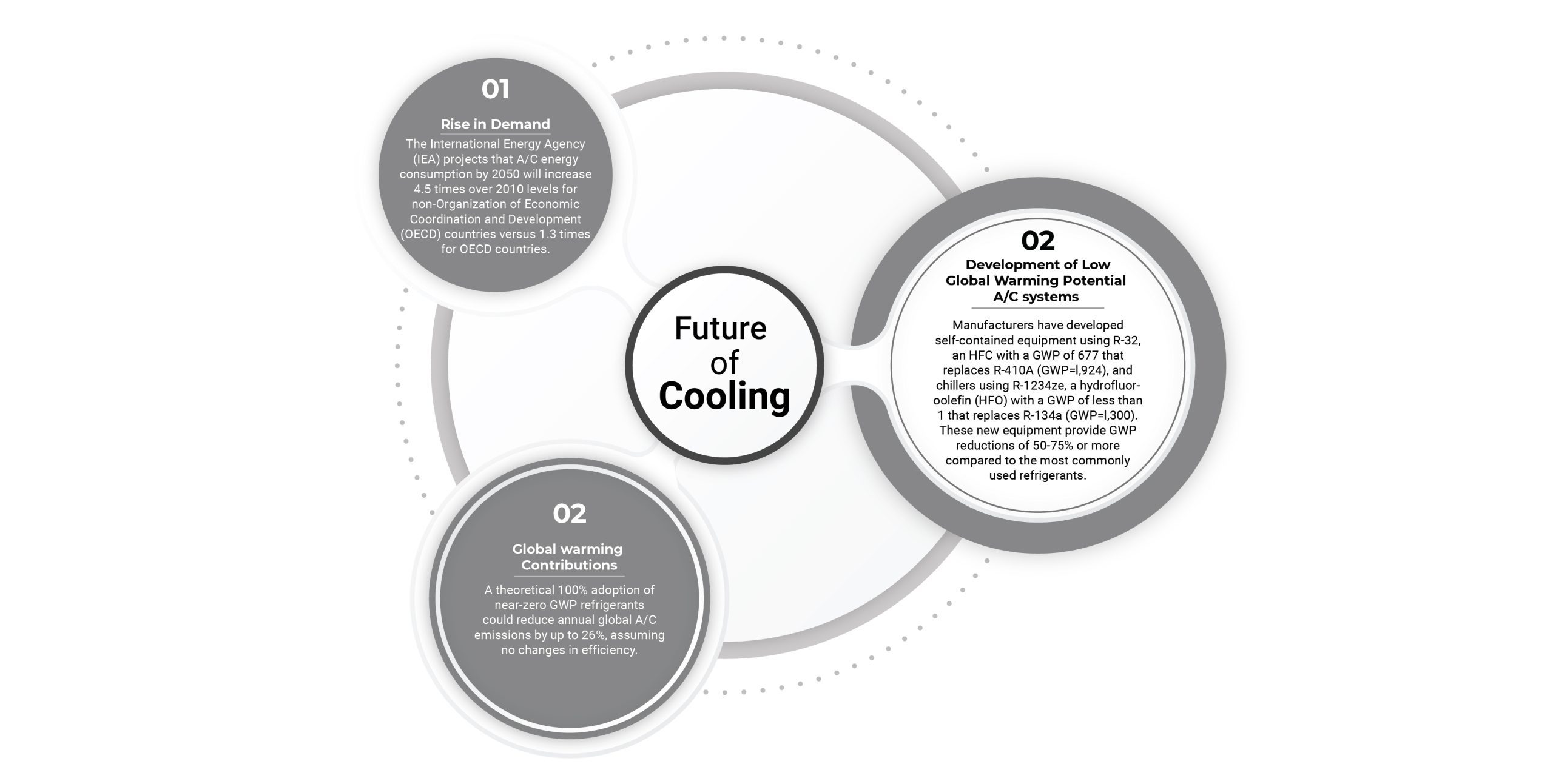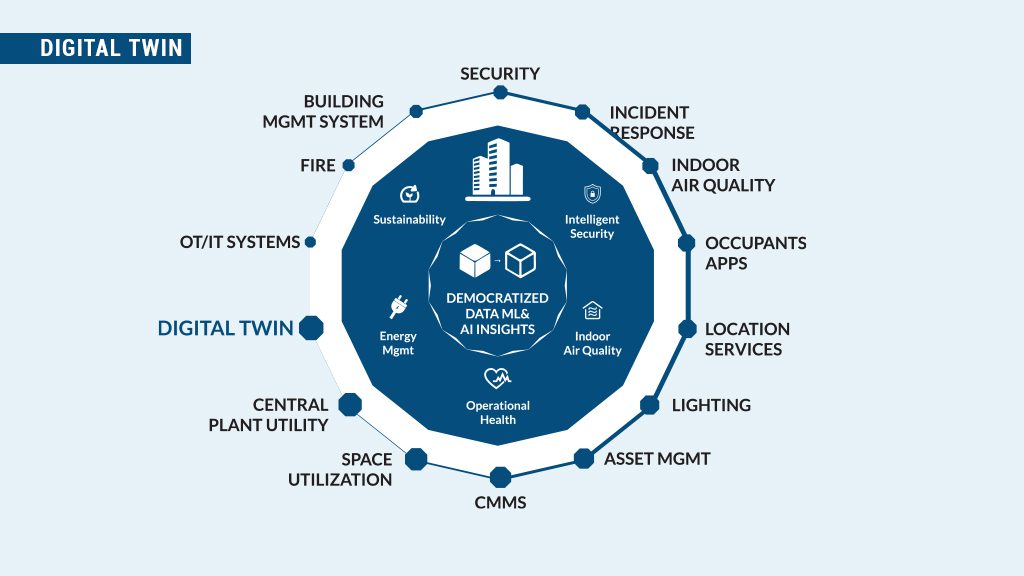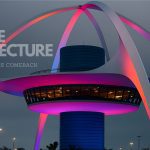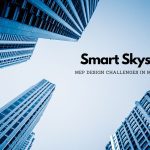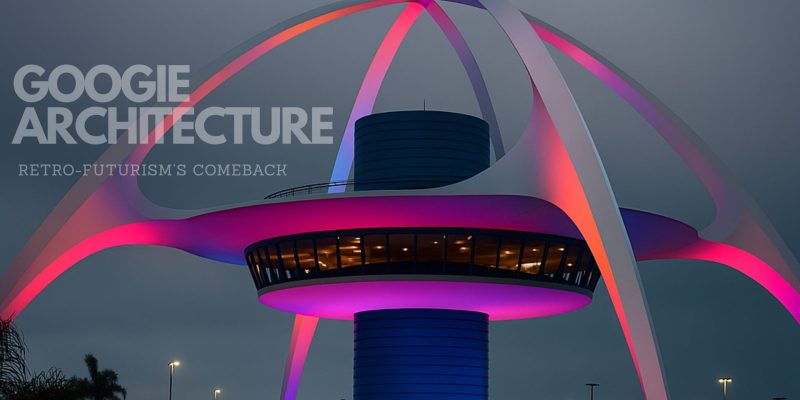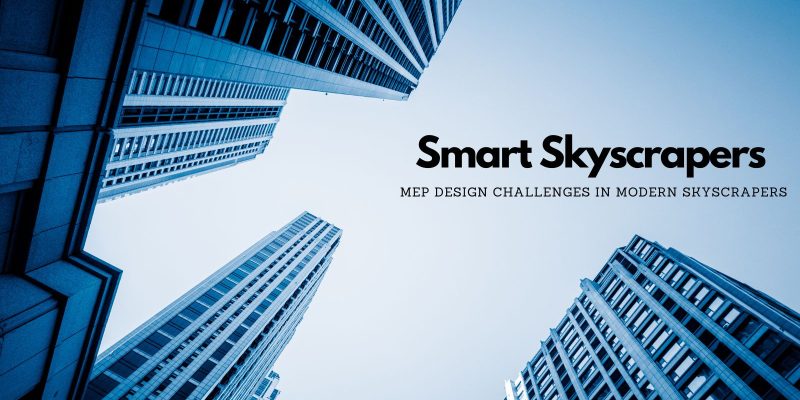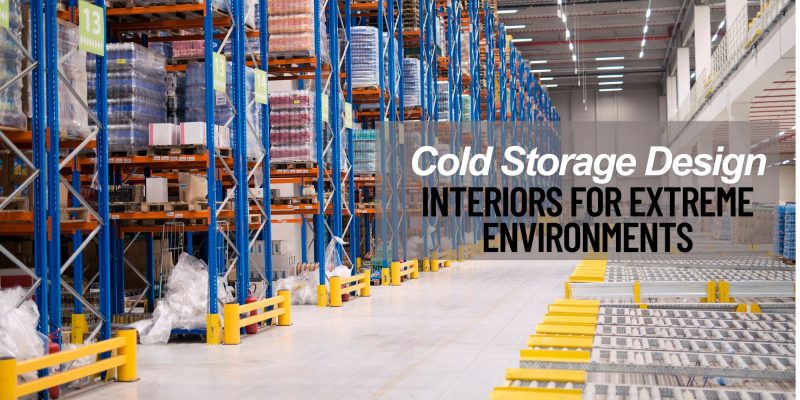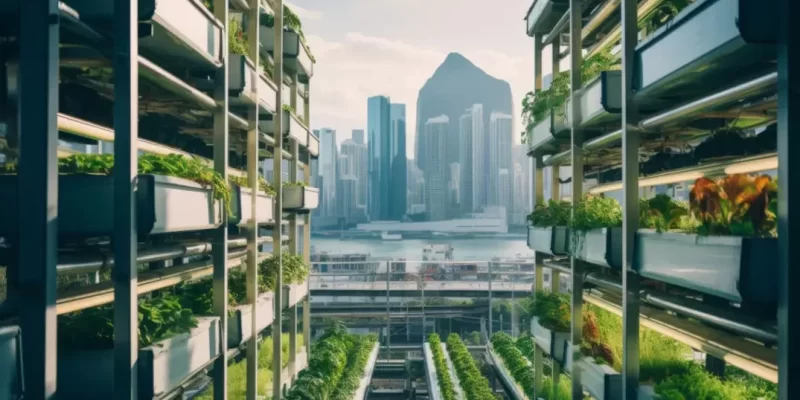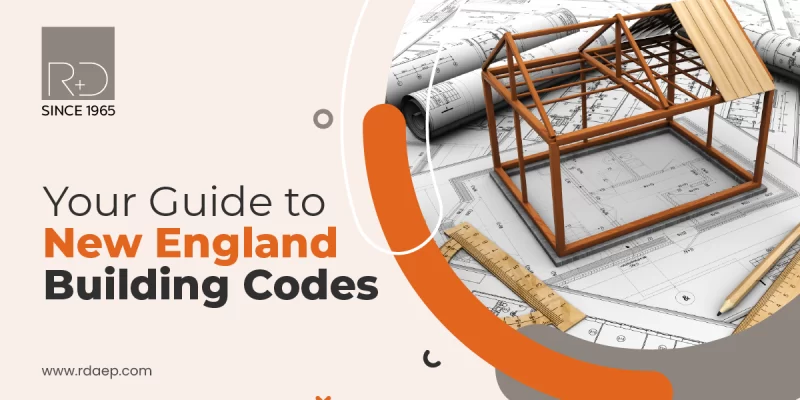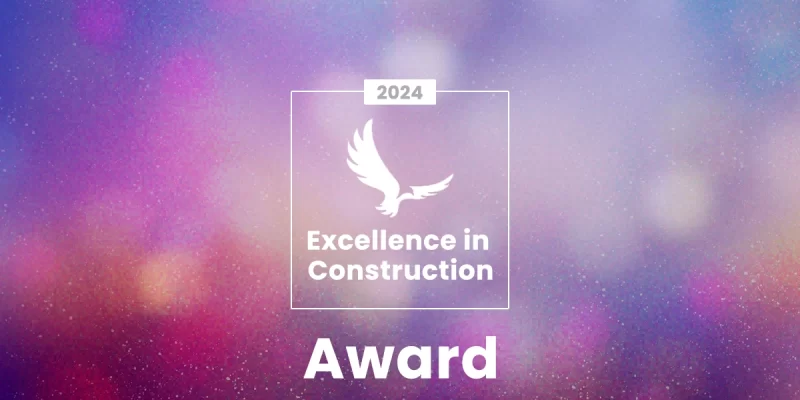The term Facility Management is mostly associated with commercial buildings because there are various aspects that need to be looked upon. Facility managers are responsible for maintaining buildings that include different challenges and priorities. Digitalization has helped managers to achieve sustainability, the comfort of occupants, productivity, and security. But there are changes seen in the management as and when new methods are introduced. The recent pandemic is one of the major factors which has forced managers to consider new protocols.
The new protocols focus on indoor air quality, space utilization, contact tracing, and people tracking. We face various risks in our everyday life and one major risk is related to our health. An increase in usage of vehicles, recreational activities, and exposing ourselves to environmental pollutants are reasons behind health issues. Some of these risks are simply unavoidable, however, some risks are controllable to an extent such as Indoor Air Quality.
The meaning of the term Indoor Air Quality is the quality of air within and around building structures which relates directly to the health and comfort of inhabitants. The surprising fact is that we usually believe pollution is connected to outdoor activities. But the truth is pollutant sources are present inside a structure which can harm the occupants. There are different factors responsible for air quality inside any building and it is also affected by outside activities near the building.
Scientific research indicates that air within houses and other structures can become more polluted than the air outdoors. People spend the maximum amount of time with family in their own homes which accelerate health issues if the indoor air quality is poor. Groups of young people, elders, and chronically ill with respiratory and cardiovascular diseases are at high risk than other groups.
Outdoor Air Entering Building
The circulation of air is a continuous and obvious process. It travels from outside to inside and vice versa. The air passing through any structure takes place through mechanical ventilation, infiltration, and natural ventilation.
Mechanical ventilation helps to remove air from single spaces like washrooms periodically. Air handling systems like outdoor vented fans remove indoor air and distribute filtered outdoor air throughout the homes. Infiltration is outdoor air flowing into buildings through cracks in walls, joints, and openings. Natural ventilation is air moving through doors and windows. The process of natural ventilation and infiltration takes place when there is a difference in outdoor and indoor temperatures. I knew the rate at which indoor air is replaced by outdoor air as the air exchange rate. A low air exchange rate increases pollutant levels.
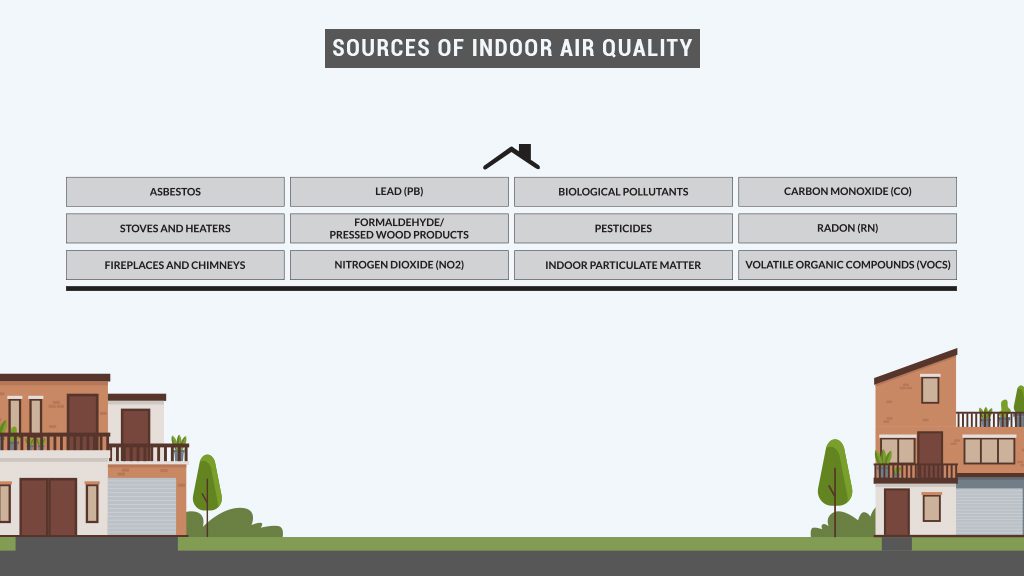
Common Strategies
Ventilation Improvements: The ventilation system of any structure plays a vital role in the circulation of air. As per weather conditions, opening windows and doors increase outdoor ventilation. Exhaust fans in spaces like kitchens and washrooms remove toxic air substances and outdoor ventilation goes up. The advanced structural design services includes a mechanical system that allows outdoor air into the house.
Air cleaners: There are various types of air cleaners available but the most effective is the one that collects pollutants from indoor air through a filtering element. They are not responsible for removing gas elements in the air. Air cleaner that has a good strength of pollution source is effective.
Source Control: Another basic way to improve indoor air quality is to reduce the emissions level of an individual source of pollution. Gas stoves are one good example to decrease emissions. Source control is cost-efficient in comparison with other options like ventilation.
Digital Twin
The meaning of digital twin is a virtual replica of a physical product, asset or system. In the context of commercials, the digital twin will include building, assets, people, and space. Digital twin integrates all systems into one application. Twin is formed on mainly two concepts – Data and Visualization.
Data is included in the twin and it helps in the digital visualization of assets. These assets can include access control, spaces, HVAC etc. They can be connected through the Internet of Things. The sensors record all the activities and gather data which is used for simulations to produce a holistic viewpoint of space and its life cycle.
The end result of data and visualization helps the facility managers to monitor the building and surrounding health. Artificial Intelligence helps to cut the unimportant noises around and catches the priority alarms to respond to priority activities in the building.
Preventive Management Models
The digital twin system has enabled the facility managers to use it as a preventive model for decision-making. Past information related to assets, present information in real-time, and predicting the future conditions of the building is derived from the digital twin.
A digital twin is known to improve productivity by 20%, space utilization by 15%, optimization by 35%, and sustainability by 50%. Facility managers can hesitate at first for such investments, but the digital twin is beneficial in the long run because it collects data from different assets and simulates it for use.
Artificial intelligence and IoT equipment help in connecting the assets. The outcome will not be noticed over the night. The building will function on its own once the digital twin operates on the data collected. On the other hand, facility managers will be able to focus on emergencies and different priorities.
First Use
The first use of a digital twin by any facility manager can be confusing in terms of priorities. They can filter it out with the help of the building and its occupant needs. Post quarantine needs to play a vital role in the priorities of a building. These priorities include ventilation, and HVAC to keep the air clean.
Digital twin helps in predicting air heating, cooling, and flow of clean air which is based on space utilization in real-time through occupant counting sensors. Physical-logical security determines an employee’s presence by using their badges. The person present in one building physically should not be allowed to log in from another location because of cyber security.
Possessing a digital records of people counting sensors helps to identify the spaces which are utilized and vacant. So this helps in organizing space utilization of different spaces like labs, storage, meeting room etc. The facility managers can use technology to identify which space has occupancy at what time so they can heat or cool spaces as per the trends through equipment.
Connecting Digital Fabric
There are different solutions like IoT, cloud to cloud integration, and partner ecosystem which gives strength to the digital twin system. IoT includes different sensors to provide metadata for intelligence. They receive information from sensors that monitor asset performance in the building. After the collection of data, IoT adds events received from sensors into a digital graph through a cloud component.
The partner ecosystem brings solutions together. The combination of solutions helps to access the real-time data and facility managers can perform the activities effectively. A company providing system and digital solutions associates with a technology partner and 3D BIM experts to connect data flowing in the system.
Shifting from Reactive to Proactive self-healing
Facility management can be conducted smoothly through this system and smart buildings can be created which stay alert for emergencies and build data sets for self-healing structures. When the digital data is connected it results in intelligence. This intelligence can play a major role player in decision-making for accurate predictions, quick decisions, and improve efficiency. The whole facility management will become autonomous on the basic data collected and its usage by the integrated system. Digital twin allows facility managers to shift focus to critical areas. A Digital twin system produces data from the past, and present and helps to predict future alerts of a structure.
Facility managers become competent for future emergencies. A smart and sustainable future can be met through this system.
